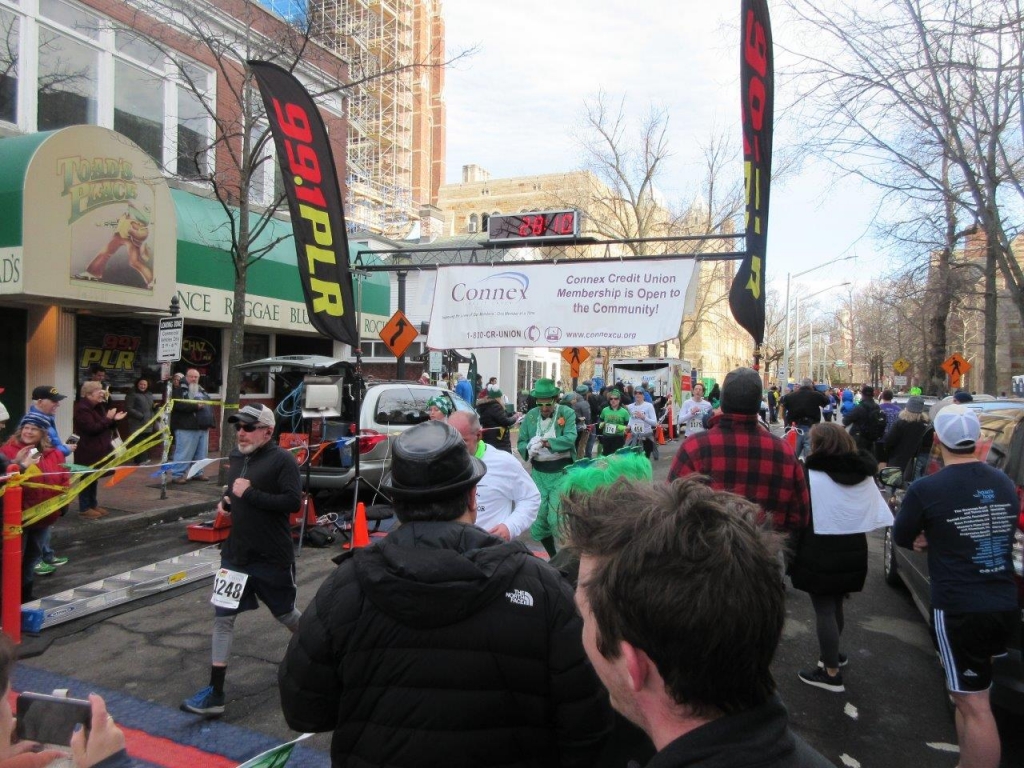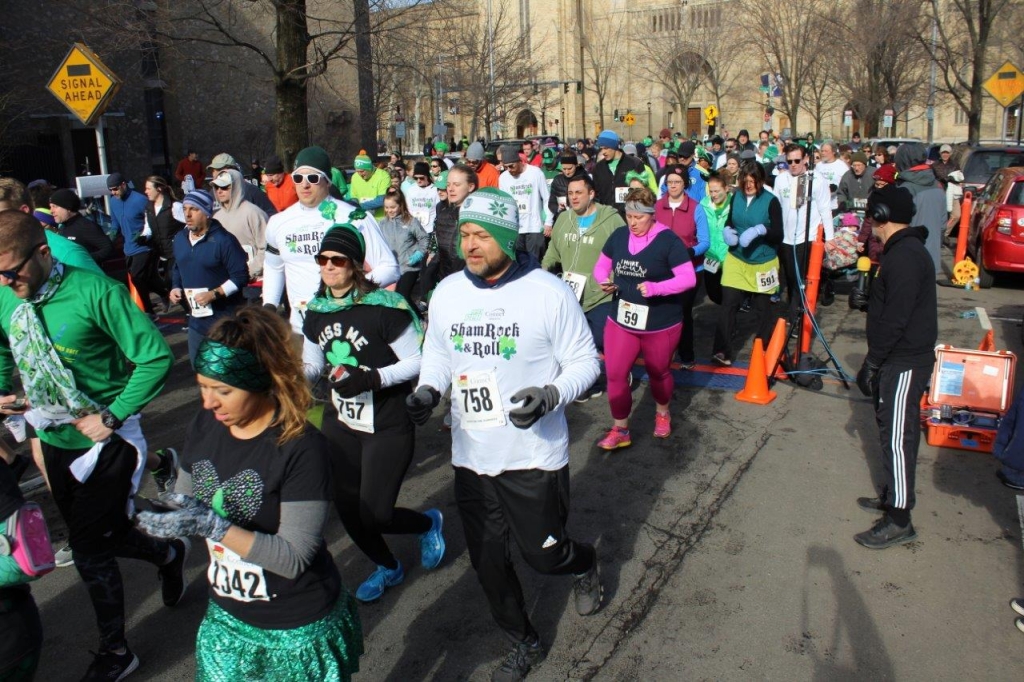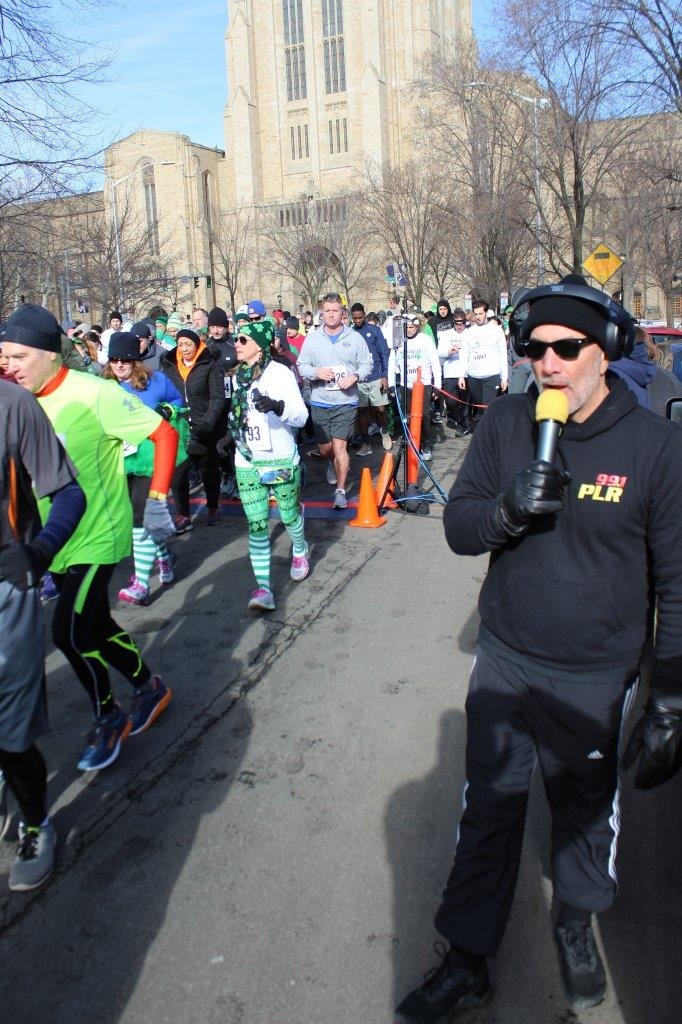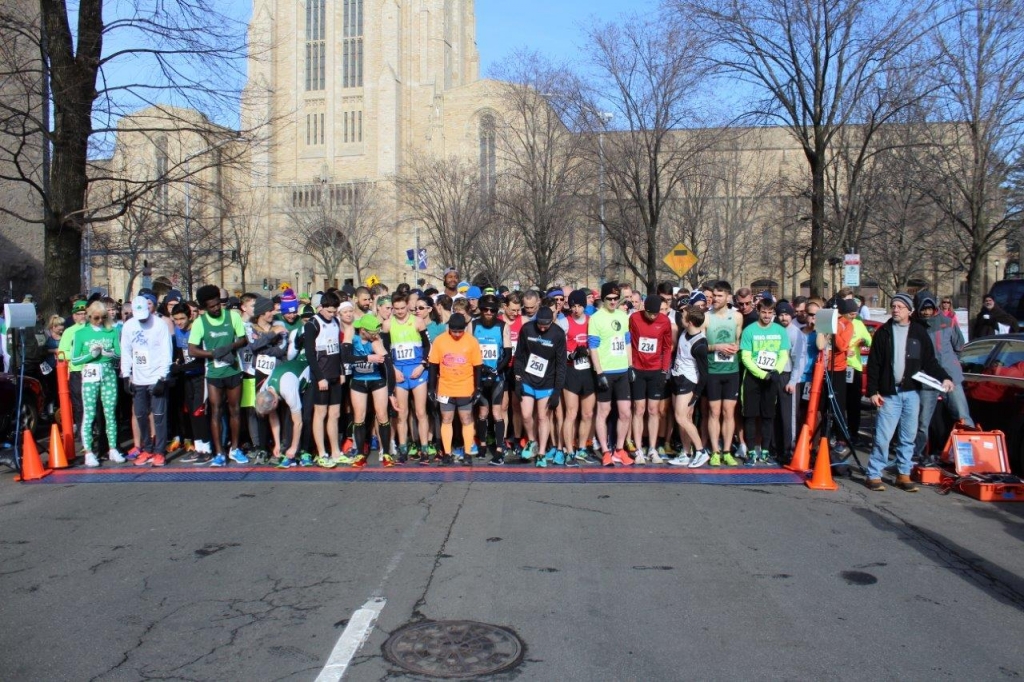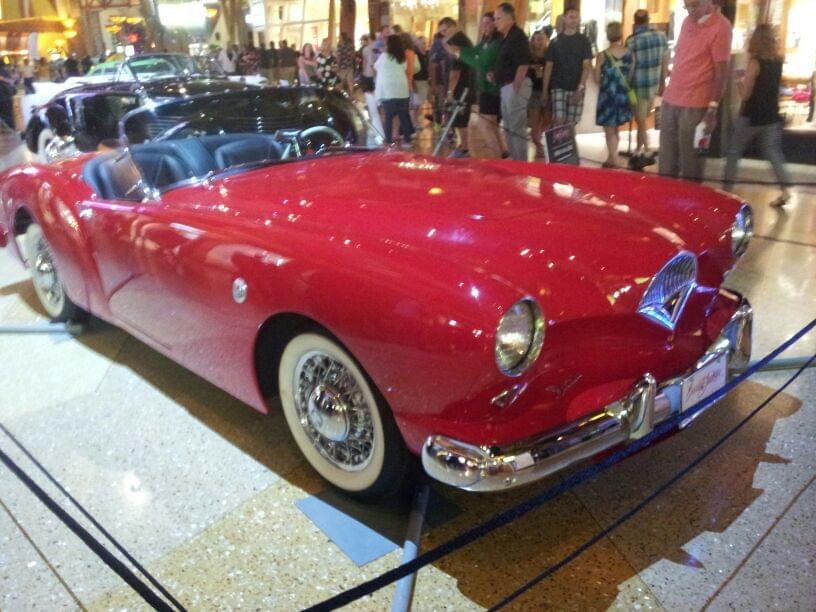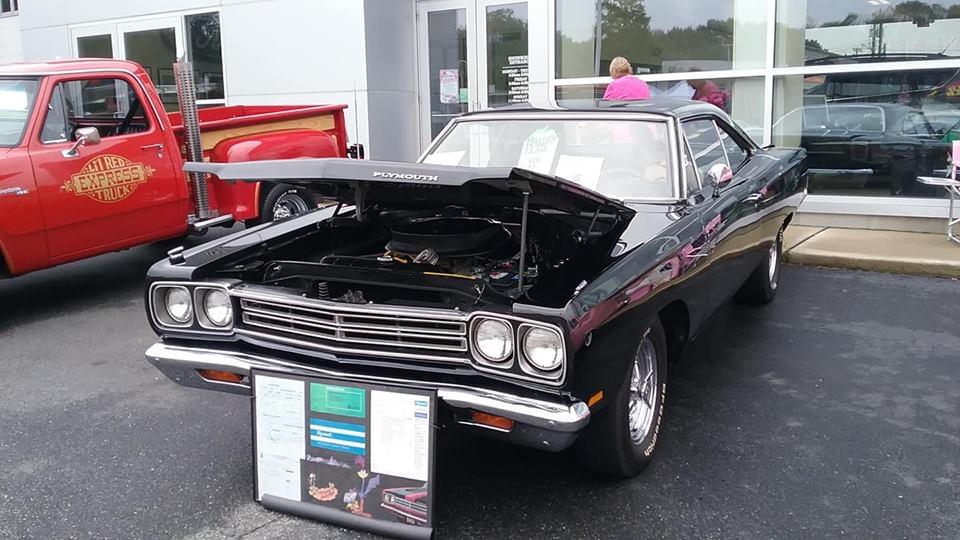Car: Kaiser-Darrin Supercharged Convertible
Year: 1954
What makes it special: Called the Kaiser-Darrin, it came from wealthy industrialist Henry J. Kaiser’s fairly large Kaiser-Frasier auto company and was designed by legendary custom coach builder, Howard A. “Dutch” Darrin. The first true American sports car, with its prototype introduced even before that of the Corvette and T-bird.
What made it famous: The car featured unique styling with a front that “always looked like it wanted to give you a kiss.” Darrin incorporated the patented sliding “pocket” doors and 3-position convertible top. Bodies were supplied by Glasspar boat company, a pioneer in the use of fiberglass for specialized cars. At least two early Darrins were equipped with McCulloch Centrifugal Superchargers. Darrin sponsored this idea by fitting blowers to a few of the leftover cars that he sold from his showroom in Los Angeles, California and McCulloch’s plant was just down the road from Darrin’s studio. Features include 161cid/90hp F-head 6 cylinder engine, 3-speed manual overdrive transmission, McCulloch Centrifugal Supercharger, 3-position landau top, chrome wire wheels, wide white wall tires, heater, leather interior and patented pocket doors.
Why I would want one: It is unique in its design in many ways, and with very few ever built, it makes it a true collectible.
Fun fact: This is body #26 of only 435 Kaiser-Darrins ever built during only one year of production.
( Brought to you by Dragone Classic Motorcars in Orange )
Powered by Dragone Classic Motor Cars




















